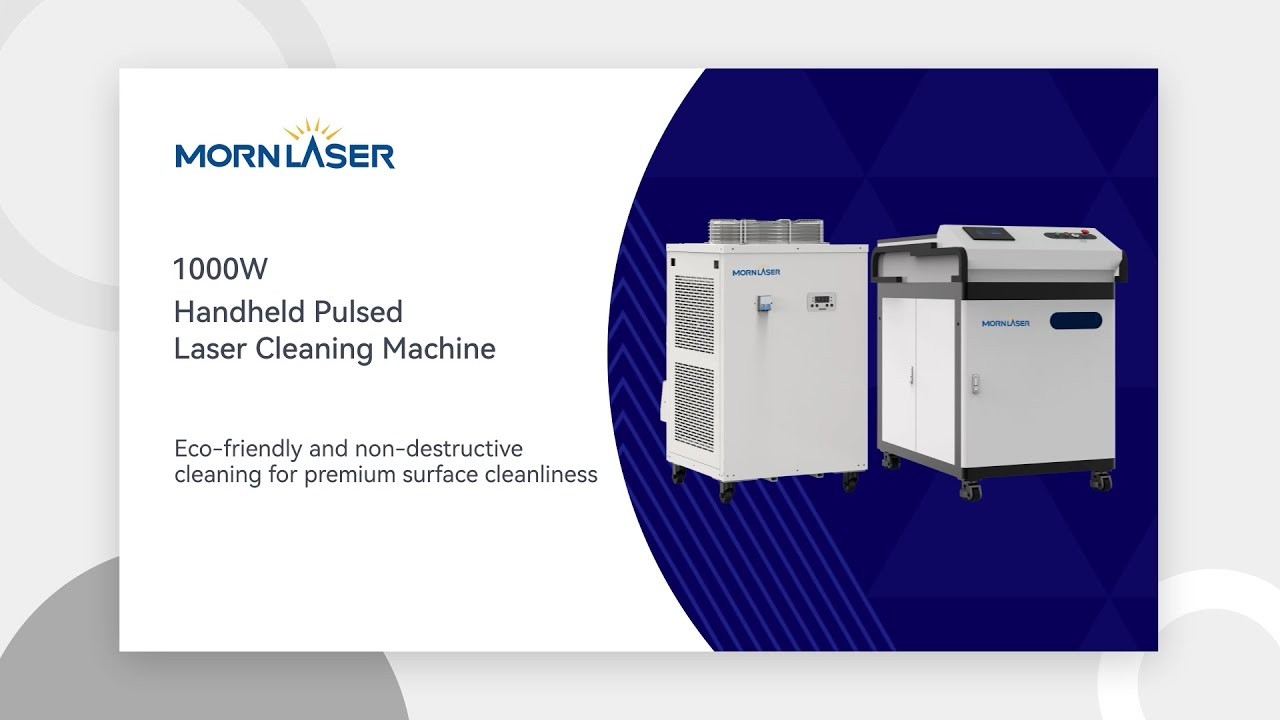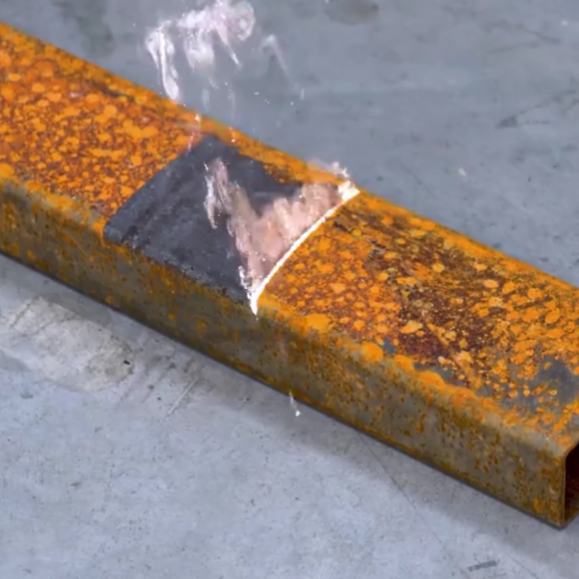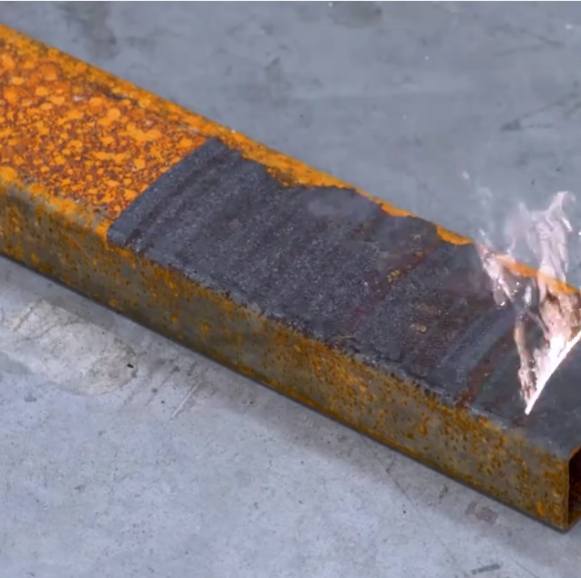-
Product
-
Fiber laser cutting machine
-
Profile Steel/ H-Beam Laser Cutter
high efficiency | high-performance | high quality -
Full Cover Fiber Laser Cutting Machine
supreme configuration | high precision | safe & pollution-free -
Sheet fiber laser cutting machine
tailor-made machine | efficiency boost -
Fiber Laser Bevel Cutting Machine
one-shot bevel | efficiency boost | streamlined process -
High precision fiber laser cutting machine
High precision | small footprint | fully enclosed -
Four-chuck Tube Cutting Lasers
truly zero-tailing | low cost per part | auto loader -
Three-chuck Tube Laser Cutting Machine
top production output | low cost per part | extremely short tailing -
Two-chuck Tube Laser Cutting Machine
top production output | low cost per part | extremely short tailing -
Full Enclosed Fiber Laser Cutting Machine
Integrated design saves installation time and shipping costs. - flexible processing | continuous cutting | efficient production
-
Fully Automatic Loading & Unloading Laser Cutting Production Line
intelligent production | optimizing factory space | reduce labor costs -
Sheet and Tube Fiber Laser Cutting Machine
supreme cost-effectiveness | dual-use laser | space-saving
-
-
Fiber laser welding machine
-
Air-cooled Portable Laser Welding Machine
more flexibility | easy to use | cost effective -
Automatic laser welding machine
fine welding seam | boosted efficiency -
Integrated fiber laser welding machine
instant welding | easy to operate & move -
Handheld fiber laser welding machine
long distance welding | multi-welding modes
-
- Fiber laser cleaning machine
- Bending Machine
-
Fiber laser cutting machine
- Solutions
- Why Morn Laser
- Price
- Contact
- VR
Menu
X- home
-
Product >
-
How Laser Cleaning Machines Solve Various Cleaning Challenges
2024-11-09Hello everyone! Today, we're going to discuss how laser cleaning machines can solve various cleaning challenges. Laser cleaning technology, as an efficient and environmentally friendly cleaning method, is gradually replacing traditional chemical and mechanical cleaning methods and becoming the preferred choice in many industries.

1. Removing Rust and Oxidation Layers
Traditional Methods: Traditional methods for removing rust and oxidation layers usually rely on chemical solvents or mechanical grinding. These methods are time-consuming, labor-intensive, and produce a significant amount of chemical waste, which can pollute the environment.
Laser Cleaning: Laser cleaning machines use high-energy density laser beams to quickly remove rust and oxidation layers from metal surfaces. The laser cleaning process generates almost no waste, making it an environmentally friendly method. Additionally, laser cleaning can precisely control the cleaning depth, avoiding damage to the base material.

2. Removing Paint and Coatings
Traditional Methods: Traditional methods for removing paint and coatings often involve chemical solvents or high-pressure water jets. These methods can damage the base material, are complex to operate, and are costly.
Laser Cleaning: Laser cleaning machines can efficiently remove paint and coatings without damaging the base material. The energy of the laser beam can be precisely controlled to ensure that only the surface coating is removed, leaving the underlying material intact. This method is not only fast but also environmentally friendly, making it suitable for various surface treatment needs.
3. Removing Oil and Grease
Traditional Methods: Traditional methods for removing oil and grease typically use chemical solvents or steam cleaning. These methods can pose hazards to both operators and the environment, and their cleaning effectiveness is limited.
Laser Cleaning: Laser cleaning machines can effectively remove oil and grease from metal surfaces. The high energy of the laser beam can quickly vaporize the surface grease, leaving no residue. This method is not only safe but also efficient, making it suitable for various industrial scenarios.
4. Mold Cleaning
Traditional Methods: Traditional mold cleaning methods often use chemical solvents or mechanical grinding. These methods are time-consuming, labor-intensive, and can damage the mold.
Laser Cleaning: Laser cleaning machines can efficiently clean residual materials from mold surfaces, such as plastic, rubber, and carbon black. The energy of the laser beam can be precisely controlled to ensure that only surface contaminants are removed, without damaging the mold. This method not only improves cleaning efficiency but also extends the life of the mold.
5. Precision Component Cleaning
Traditional Methods: Traditional methods for cleaning precision components often use ultrasonic cleaning or chemical solvents. These methods can damage precision components and have inconsistent cleaning results.
Laser Cleaning: Laser cleaning machines can precisely clean the surfaces of precision components, such as electronic components and optical lenses. The energy of the laser beam can be precisely controlled to ensure that only surface contaminants are removed, without affecting the performance of the components. This method not only provides excellent cleaning results but also avoids the use of chemical solvents, making it more environmentally friendly.

Case Study: Success Story of Morn Laser
Morn Laser, founded in 2008, is a high-tech enterprise specializing in the research, development, production, sales, and service of intelligent manufacturing equipment. As a one-stop industrial laser solutions provider, Morn Laser has earned the trust of tens of thousands of global customers through its advanced technology and superior service. For example, Morn Laser's laser cleaning machines are widely used in industries such as automotive manufacturing, aerospace, and electronics, helping clients solve numerous cleaning challenges.
Conclusion
Laser cleaning machines, as an efficient and environmentally friendly cleaning method, can address a variety of cleaning challenges, including removing rust and oxidation layers, removing paint and coatings, removing oil and grease, cleaning molds, and cleaning precision components. We hope this article has been helpful! If you have any questions or need more advice, feel free to leave a comment and join the discussion. Don't forget to share this article with your friends!
- Office Address:
- 17F, Building 5, Qisheng Mansion High-Tech Zone, Jinan, Shandong 250101, China
- Email: info@mornlaser.com
- Mobile/WhatsApp/WeChat: +86 151 6916 6350
CONTACT USCopyright © 2008-2022 Morn Laser All Rights Reserved.![]() Get a Quote
Get a Quote
![]() Get a Quote
Get a Quote
Cookies
We use cookies to improve our services and remember your choice for future visits. By clicking "Accept cookies", you consent to the use of cookies on this website.
Read our Privacy Policy
Get a Quote x
![]()







